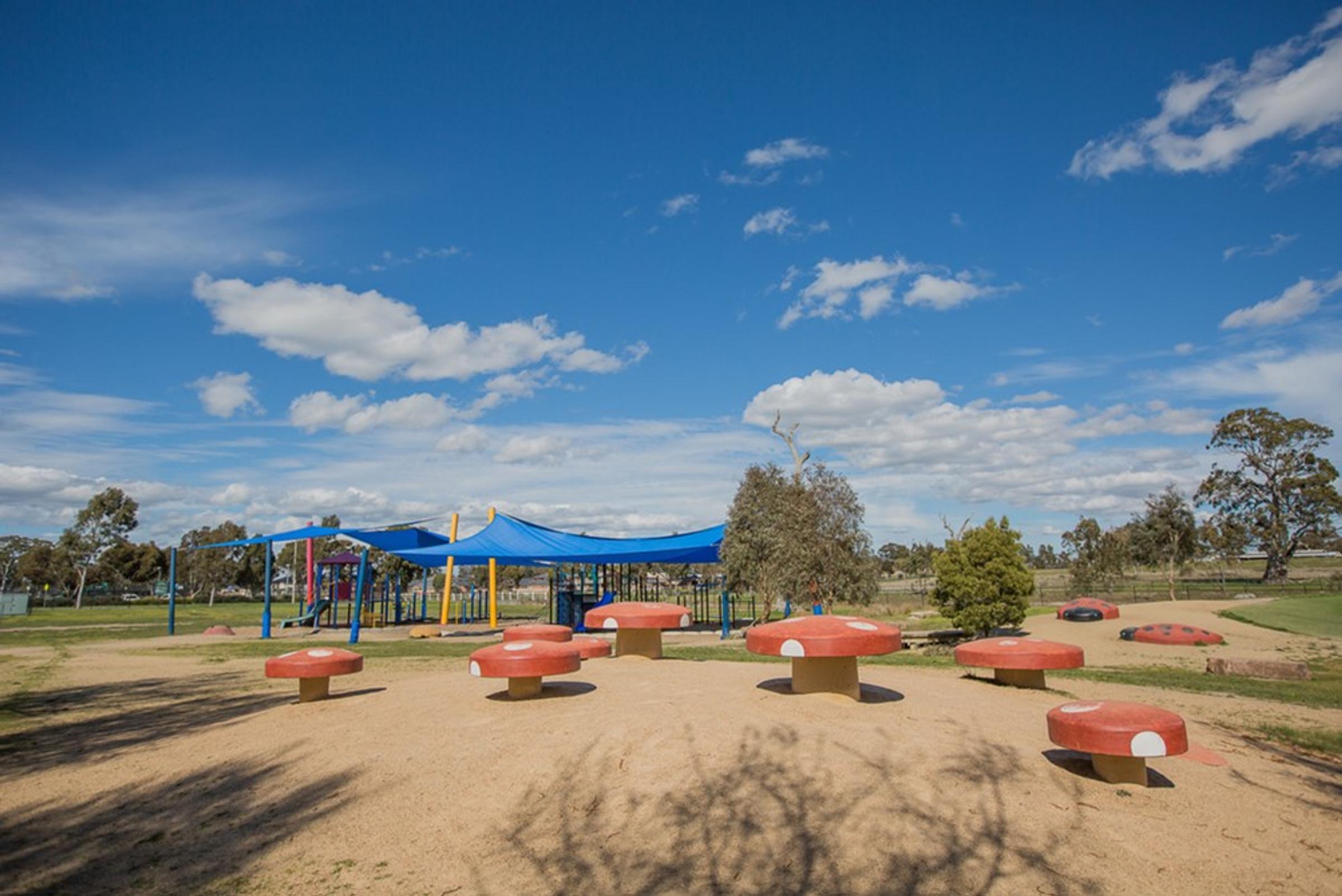Year 6 Program
Semester 2

Year 6 Program
Semester 2
Students read and respond to a range of articles currently exhibited in the media both in print and electronic form. They compare texts that represent ideas and events in different ways, explaining the impact of the different media. Students explore newspapers and identify language features used, including headlines, captions, direct and indirect speech. They analyse the structure of a range of news articles such as editorials, feature articles and reports. Students write and edit their own article to create a whole class digital newspaper. They present a sustained point of view and experiment with spoken language to propose and extend viewpoints. Students further develop their knowledge and use of different reading strategies and higher order thinking skills, to comprehend and respond to the novel 'Wonder'. They examine literary elements including plot, author's purpose, and character’s actions and motivations. Students write an essay in response to the themes and ideas presented in the novel, 'Wonder'. They will view the film adaptation of the novel, comparing and contrasting the features. Students participate in exploratory discussions, formulate arguments and seek the opinion of others to clarify their own points of view and ideas.
In Year 6 Mathematics, students will be using an online learning environment to support individualised learning for each student. This online learning environment is called Math Pathways. Maths lessons will be tailored precisely to what each individual student is ready to learn. Students will be filling in gaps in prior learning or working on extension activities. As part of the curriculum, students will be involved in a learning cycle which lasts for a fortnight. In each learning cycle student’s work on their own program along with Rich Tasks, which have a focus on problem solving and real world applications. Rich Tasks will either be individual tasks or activities that require students to work in small groups. Students will also focus on building a growth mindset towards their maths learning. Towards the end of each term, students will participate in a Rich Project Task.
Students explore the social and political conditions of Australia’s early colonial period, including the influence and contributions of key figures that ultimately led to the development of Australia as a nation. Students sequence events in Australian History by creating timelines and investigate the key figures on Australian banknotes, identifying their historical context, significance and changes they made on our society. Students will design a new bank note by identifying and explaining a past event, person or group that has been significant in the foundation of the Australia we know today. Using sources of evidence, historical research and key symbols, students will communicate their understanding through the presentation of their design.
Students participate in a variety of experiments focusing on the concepts of energy and electricity. Students explore the concepts of static and current electricity, circuits and energy transformations. They also compare the advantages and disadvantages of the various methods of electricity generation both in Australia and globally. They plan, design and build a working model or game using an electric circuit to demonstrate their understanding of the concepts covered.
Students continue to focus on developing their social, emotional and physical health. They explore what puberty is and the associated changes that occur during this time. In addition to this, they explore gender and identity with a focus on opportunities and their development throughout society and develop students’ awareness of human rights. They enhance their understanding of positive gender relations.
Students practise and modify tactics in games that involve a net or a wall. This includes concepts such as moving to appropriate positions, hitting a ball to advantage, decision making and executing specific skills appropriate to the game. They develop their ability to propose and apply movement concepts and strategies in a team environment. This includes contributing to team offensive strategies in invasive games, including keeping possession of the ball. Students focus on participating positively in a team environment, negotiating roles and responsibilities and demonstrating ethical behaviour and fair play.
Students focus on demonstrating ethical behaviours and fair play that aligns with the rules when participating in a range of physical activities. The physical activities include competing in interschool sport or in an alternative internal program at school. Students discuss the importance of rules and why they are implemented and discuss the impact that they have on a game. They focus on what being a good sport looks like and develop an understanding of healthy competition.
Students are introduced to the acronym STEM and its interdisciplinary approach to learning that integrates the areas of Science, Technology, Engineering and Mathematics. Through STEM, students develop their skills in problem solving, creativity, teamwork, independent thinking and are introduced to careers that utilise these skills. They create and adapt design ideas, make considerable decisions and communicate to their peers using appropriate technical terms and a range of technologies. Students undertake projects that use the engineering design process which allow them to further extend on their knowledge.
Students develop their knowledge of musical concepts, rhythm and pitch and develop their practical applications. They study the form, technique and history of musical styles from varied cultures. Students apply these skills through popular Indigenous artists and contemporary songs.
Students explore how and why artists perceive their ideas through different visual forms, practices and processes. Students make informed choices about using visual arts elements and stimuli from a range of cultures and social contexts to convey an idea or theme. They observe visual art practices and techniques that inspire them to express their own ideas and beliefs when creating their artwork.